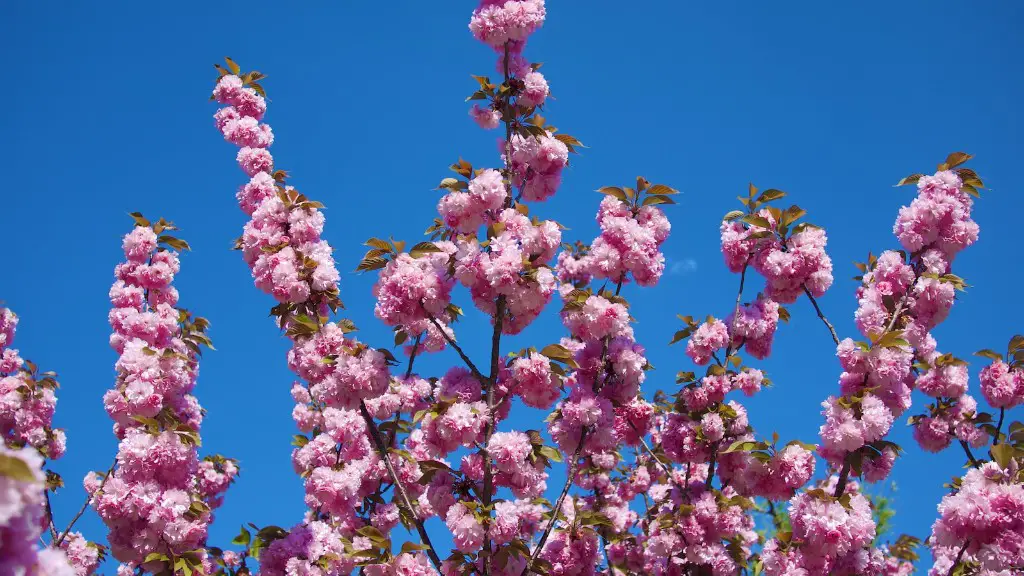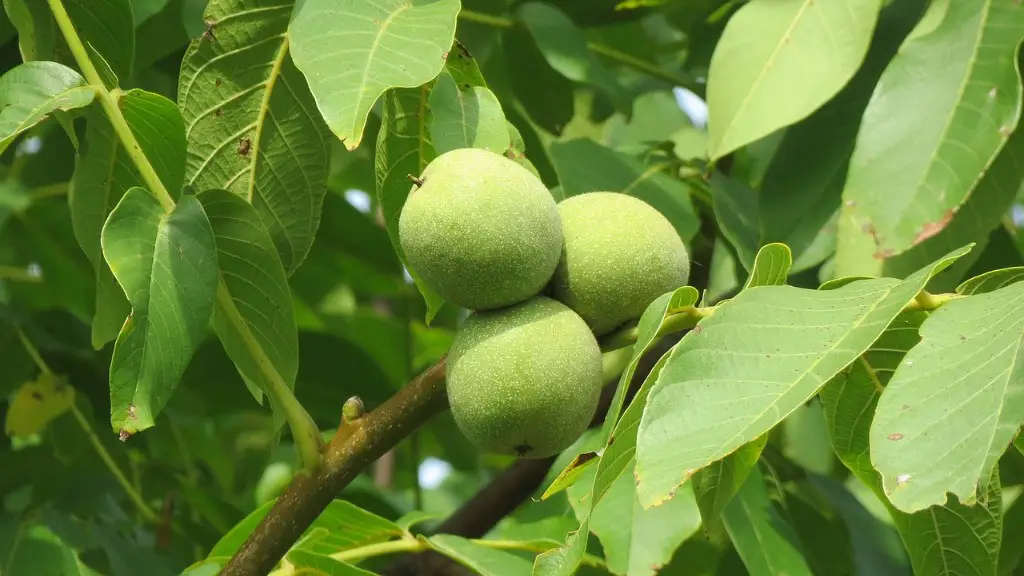History of the Cherry Blossom Tree
The Cherry Blossom Tree is a species of flowering plant which is native to the Himalayas, China and Japan. It is primarily found in Japan where it is called ‘sakura’ and is celebrated as one of the national symbols of the country. The classic image of the Japanese landscape is incomplete without the sight of the picturesque cherry blossom trees which bloom brilliantly each year around late March and early April.
This association of the Cherry Blossom Tree to Japan goes back many centuries in its history. Japanese people were in awe of this plant as early as 710 AD, as noted in a poem found in the Man Myōji shin of the Nihonshoki – the oldest chronicle which is said to record the history of Japan in ancient times. Hanami is the practice of enjoying the beauty of cherry blossom trees by holding picnics under the trees and is known to have been celebrated since the Heian period (794-1185 AD).
Symbolism of the Cherry Blossom Tree
The Japanese regard the Cherry Blossom Tree with great reverence due to its deep symbolic meaning. To the Japanese, the cherry blossom tree is revered as a symbol of renewal and hope, as the trees bloom famously for about two weeks, after which their petals fall and the cycle of life continues. This is thought to be reminiscent of the transience of life, since everything will eventually disappear from this world.
The life lessons of the cherry blossom tree also extend to personal growth and self-realisation. During the bloom of the cherry blossom tree in Japan, everyone is reminded of the beauty of living and making the best of what you have in life. People take time off from the mundane routine and appreciate the moment for what it is; however brief the time.
In addition, the petals of the cherry blossom tree are thought to be a reminder of the delicate beauty of women. Feudal lords of the past were known to have looked forward to picnics under the cherry blossom trees with their wives, to admire the delicate petals to reflect their appreciation of their wives’ beauty and grace.
Cherry Blossom Festival
The blooming of the Cherry Blossom Tree brings with it the joy of a summer festival celebrating the beauty and rich symbolism of the scene. The Cherry Blossom Festival, or ‘hanami’ in Japanese, is when people get together to enjoy the sight of the beautiful cherry blossom trees in full bloom. During springtime, the parks and public spaces in Japan are transformed into a natural wonderland, adorned by soft and fragrant petals of the cherry blossom tree.
The Cherry Blossom Festival is celebrated on different dates each year, and usually lasts for about two weeks. This time is usually crucial for the locals to enjoy and appreciate the alluring scenery of the cherry blossom, before the petals begin to fall. People celebrate the beauty and symbolism of the cherry blossom tree with wearing traditional kimono costumes and having picnics under the trees. Within this context, many traditional Japanese arts and crafts, such as origami and calligraphy, also find their place as part of the festivities.
Cherry Blossom Tree’s Impact on Tourism in Japan
The blooming of the Cherry Blossom Tree contributes to the economic growth of Japan year after year in the form of tourism. The emergence of the Cherry Blossom festivals each spring draws a large influx of visitors to the country, who proclaim to be enthralled by the sight of these delicate and fragrant trees in full bloom.
According to the Japan National Tourism Organization, some 33.8 million foreign tourists visited Japan in 2018. This surge in tourism adds millions of dollars to the Japanese economy as people spend money renting traditional kimonos, going on sightseeing tours and buying souvenirs. In addition, the popularity of Cherry Blossom festivals and the associated activities have led to the recreation of outdoor spectaculars on a large scale and have encouraged the growth of related businesses.
Cherry Blossom Tree Around the World
The beauty of the Cherry Blossom tree has been appreciated beyond its native land of Japan and other parts of Asia. There are reports suggesting that it was first introduced to North America in 1902 and since then it has found a place in many other parts of the world.
In the United States, Cherry Blossom trees are seen in major cities like New York and Washington D.C and cities like Vancouver, Canada also feature stunning cherry blossom trees in their landscapes. London, Berlin and Amsterdam are other cities in Europe where the cherry blossom tree can be found.
Cherry Blossom Tree Products and Decorations
Due to its popularity and association with the Japanese culture, several products related to the cherry blossom tree have come onto the market. Scented candles and paper arts inspired by the season, such as origami, are quite popular and make for great gifts. There are also decorations inspired by cherry blossom such as cherry blossom themed wallpapers, vases and sculptures which are produced by many companies.
Interpretations of the Cherry Blossom Tree
In modern times, different interpretations of the cherry blossom tree have emerged in the cultural context. For some, it represents the beauty of nature and the cycle of life; for others it can represent the pursuit of perfection, achievement and even innovation.
In Japan, the Cherry Blossom Tree is still associated with renewal and fragility of life, and is commonly used as a representation of the Japanese spirit and culture in literary works, anime, video games and other media. To this day, there are people who still appreciate the symbolic and historic significance of the cherry blossom tree.
Conclusion
For centuries, the cherry blossom tree has held a special place in the lives of many people, in Japan and around the world. It is seen as a symbol of beauty, renewal and hope, and its sight brings joy to many. The cherry blossom tree continues to draw people each year with its charms, and its significance within the culture of Japan is inimitable.


